The Silverberry bonsai also known as Elaeagnus bonsai, these captivating trees are renowned for their small silver or gray-green leaves and graceful branches. In this article, we will delve into the history, symbolism, characteristics, types, and how to grow your very own Silverberry bonsai. Discover the enchanting allure of this extraordinary bonsai tree and unlock the secrets of its timeless beauty.
History and Origins of the Silverberry Bonsai
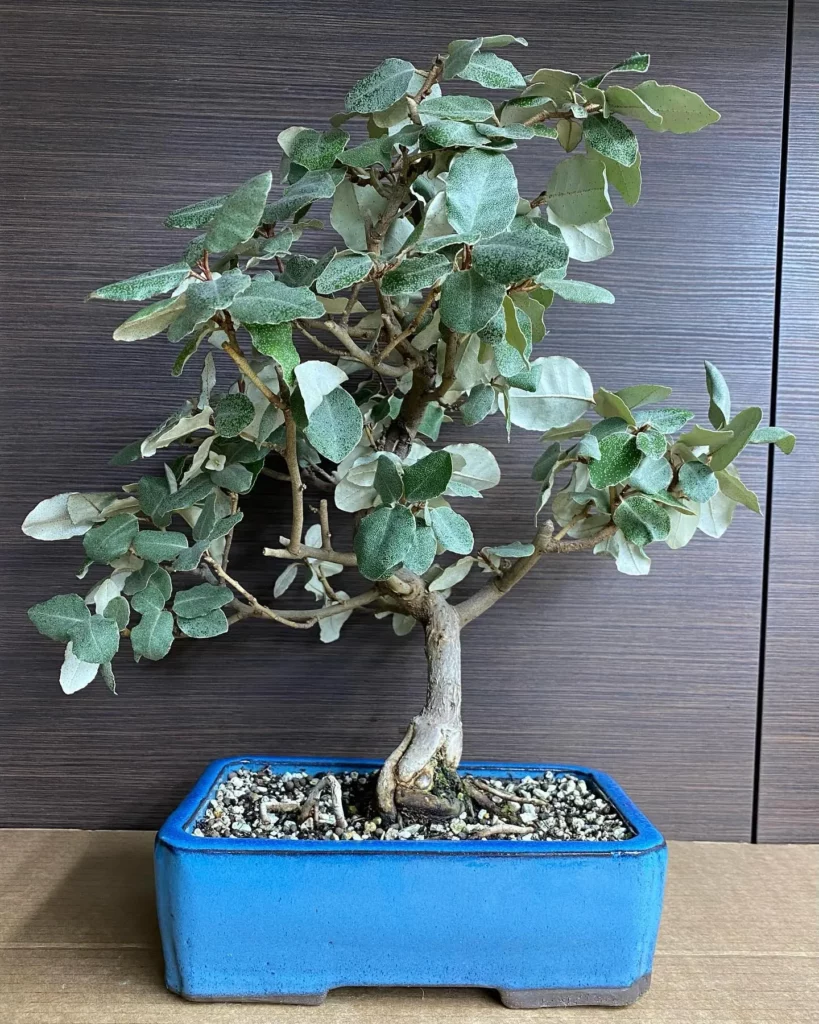
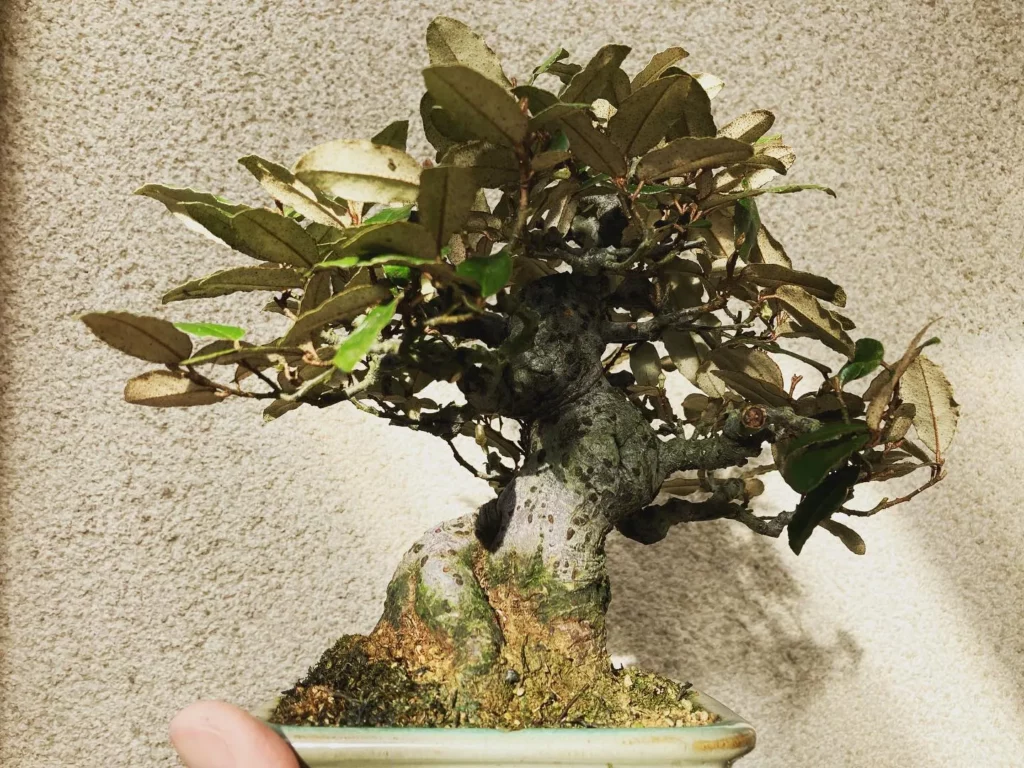
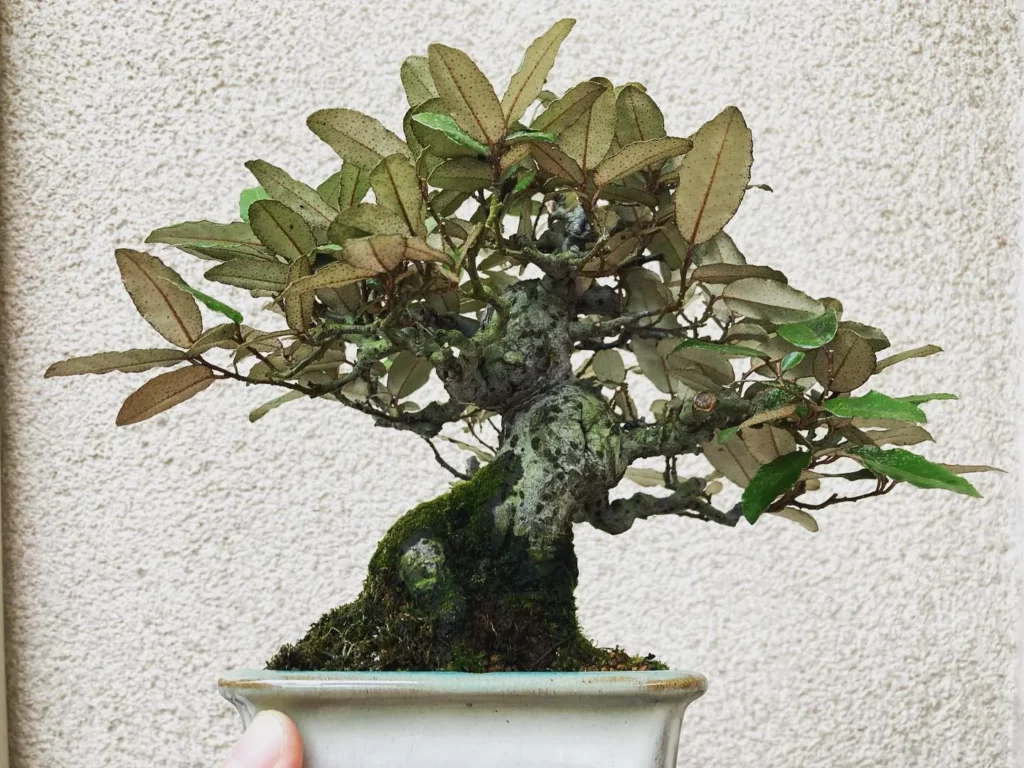
The silverberry plant, native to Asia, Europe, and North America, has a rich history and fascinating origins. Its cultivation as a bonsai likely originated from the larger practice of bonsai, which started in China over a thousand years ago. The craft of bonsai spread from China to Japan during the Tang Dynasty and evolved into a distinct Japanese art form. Japanese bonsai masters perfected techniques and styles, including silverberry bonsai. Today, silverberry bonsai can be found in bonsai collections and nurseries worldwide, reflecting the art form’s cross-cultural impact.
Symbolism of Silverberry Bonsai
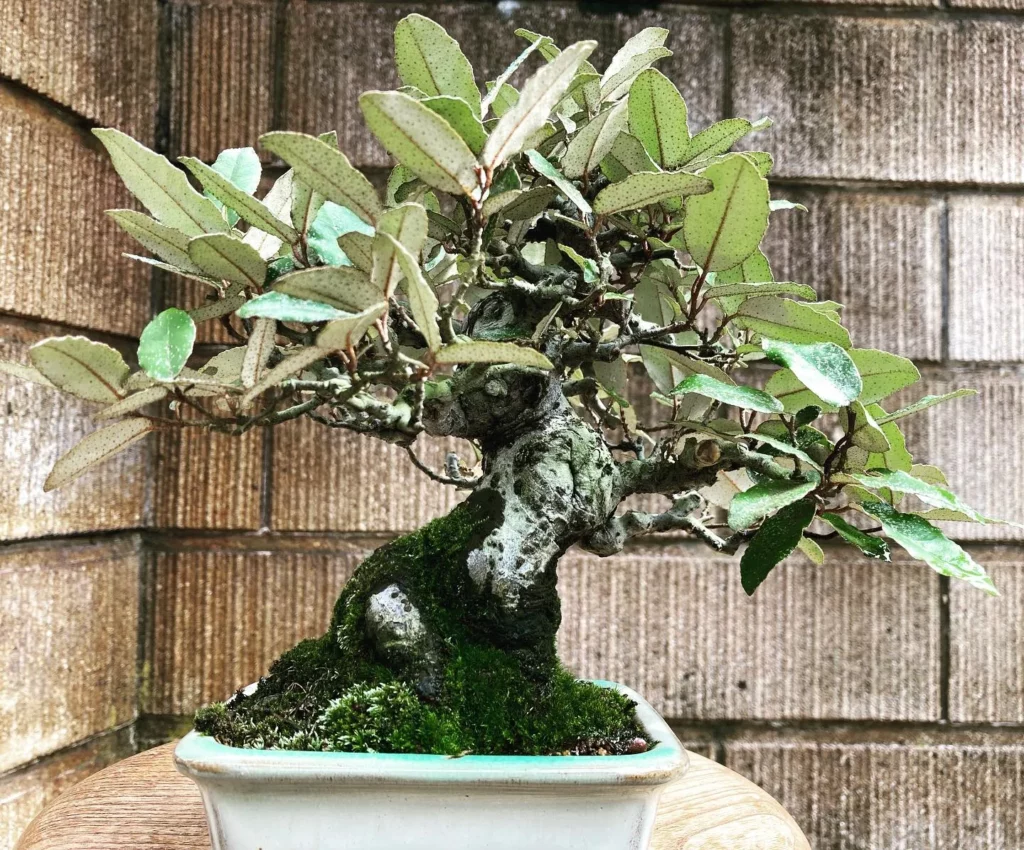
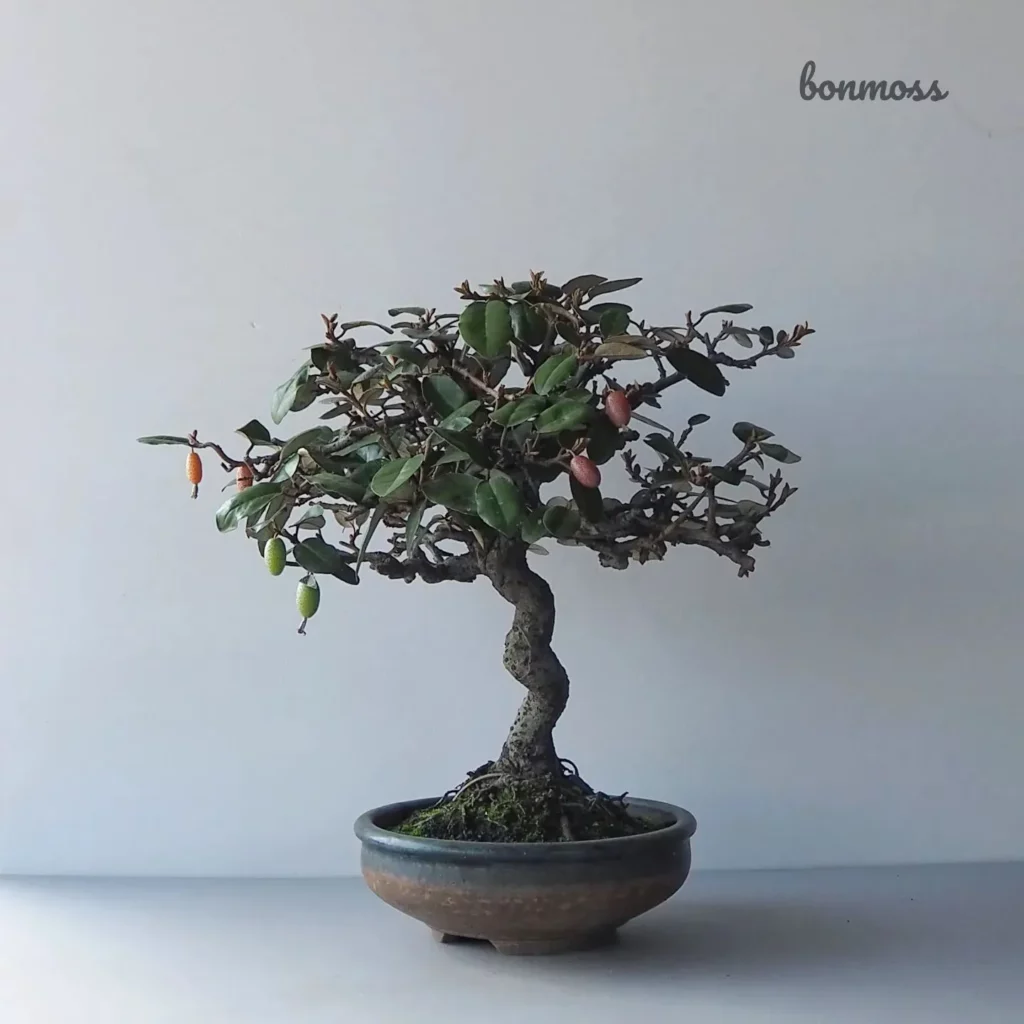
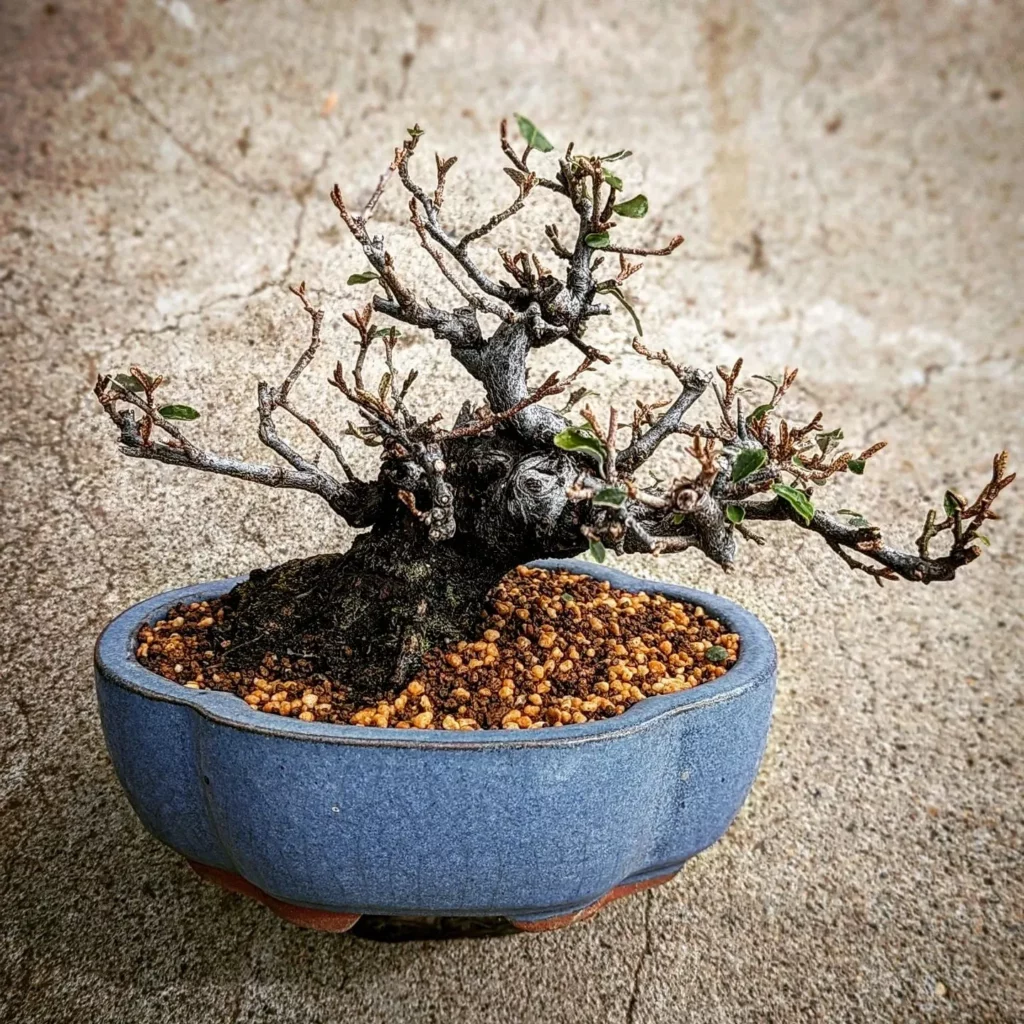
Silverberry bonsai holds symbolic significance in various cultures. The art of bonsai itself is often associated with profound symbolism, demonstrating the harmony between nature and human creativity. When it comes to silverberry bonsai, several common symbolic meanings emerge:
- Longevity: The silverberry bonsai, with its ability to thrive and endure, symbolizes longevity and the beauty of aging gracefully.
- Resilience: The silverberry bonsai represents resilience and the ability to overcome challenges. Its ability to adapt to various growing conditions reflects the strength and perseverance necessary for personal growth.
- Balance and Harmony: The elegant branches and delicate foliage of the silverberry bonsai embody the concept of balance and harmony. It serves as a reminder to seek equilibrium in life and appreciate the interconnectedness of all things.
- Tranquility and Zen: The serene presence of the silverberry bonsai creates a sense of tranquility and zen. Its calming energy promotes relaxation and introspection, making it an ideal addition to spaces dedicated to meditation or mindfulness.
- Beauty in Simplicity: The minimalist beauty of the silverberry bonsai highlights the concept of beauty in simplicity. Its understated elegance and graceful form encourage appreciation for the subtle and refined aspects of life.
Characteristics of the Silverberry Bonsai
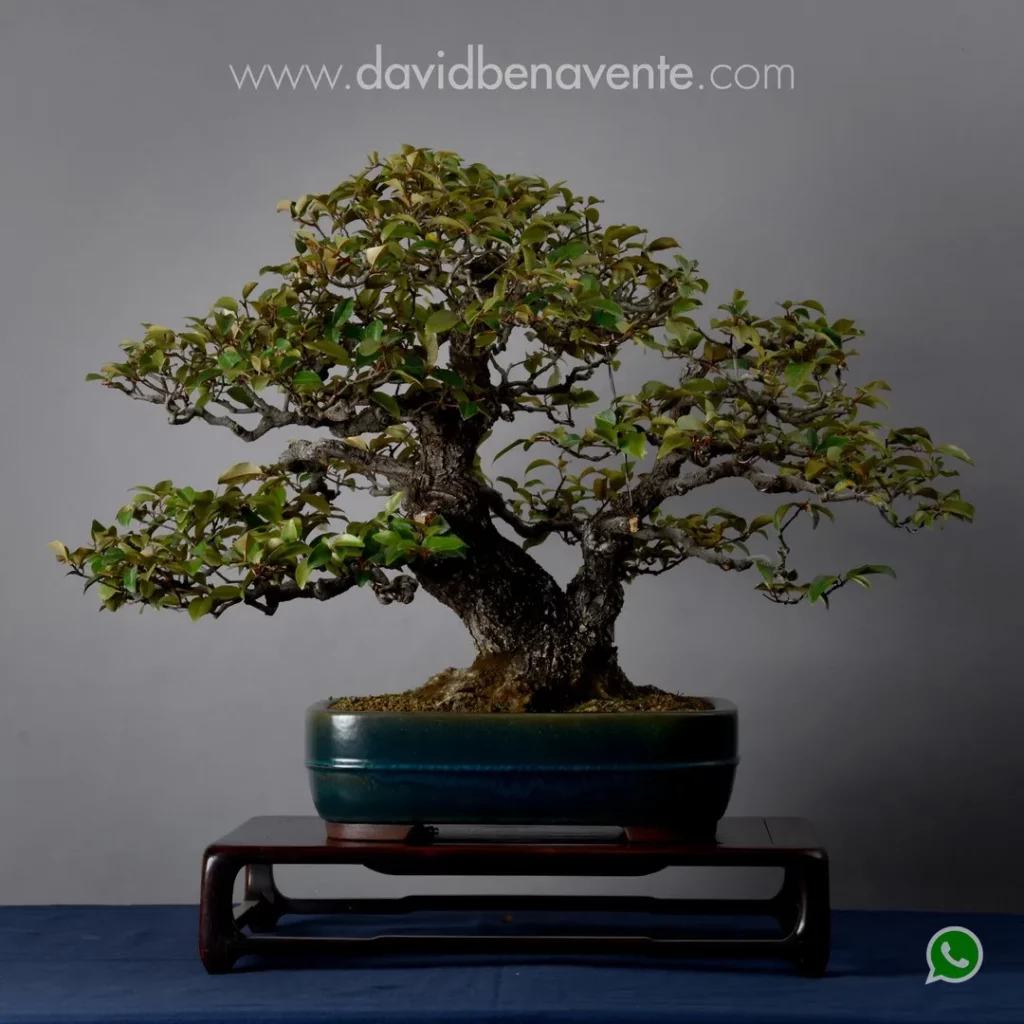
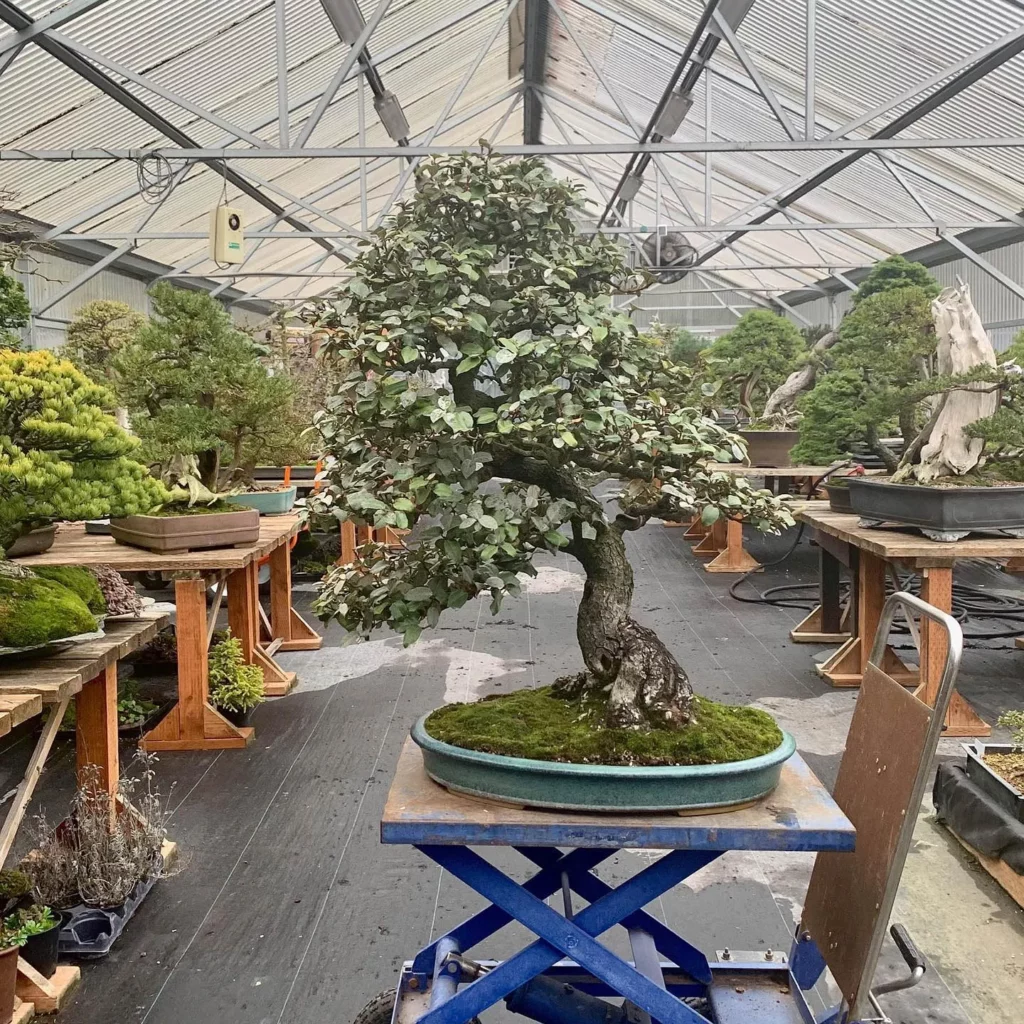
The Silverberry bonsai is renowned for its unique and appealing features that make it a captivating choice for bonsai enthusiasts. These characteristics contribute to its aesthetic appeal and adaptability as a bonsai tree:
- Small Leaves: The Silverberry bonsai showcases small, delicate leaves that add a sense of refinement to its overall appearance.
- Silver or Gray-Green Foliage: The leaves of the Silverberry bonsai exhibit a beautiful silver or gray-green color, providing an eye-catching contrast to other bonsai trees.
- Elegant Branching: This bonsai displays gracefully arching branches, creating an elegant silhouette that gives it natural beauty.
- Fragrant Flowers: The Silverberry bonsai produces small, fragrant flowers during certain times of the year, adding a delightful sensory experience to its charm.
- Adaptability to Different Environments: This bonsai has a remarkable ability to thrive in various environmental conditions, making it a versatile choice for bonsai enthusiasts in different regions.
- Interesting Bark Texture: As the Silverberry bonsai matures, its bark develops a unique texture, adding visual interest and character to the overall tree design.
- Drought Tolerance: The Silverberry bonsai exhibits excellent drought tolerance, making it suitable for individuals who may have difficulty maintaining consistent watering practices or live in regions with limited water availability.
Types of Silverberry Bonsai
When it comes to silverberry bonsai, there are several types you can choose from. Each variety within the Elaeagnus spp. family offers unique traits that contribute to its distinctive beauty. Whether you prefer different leaf forms, colors, blooming patterns, or growth behaviors, there’s a silverberry bonsai that will fit your preferences and desired aesthetics.
Here are some common varieties of silverberry bonsai:
- Elaeagnus pungens: This variety is known for its vibrant green leaves and silvery scales.
- Elaeagnus umbellata: With its golden yellow flowers and red fruits, this variety adds a pop of color to any bonsai collection.
- Elaeagnus angustifolia: With slender leaves and fragrant yellow flowers, this variety is a delicate beauty.
- Elaeagnus multiflora: Known for its multicolored foliage and small red berries, this variety is a standout in any bonsai display.
How to Grow a Silverberry Bonsai
Growing a silverberry bonsai requires careful attention to its specific needs. Follow these steps to ensure the healthy growth and beauty of your silverberry bonsai:
- Select a healthy plant: Choose a silverberry bonsai plant that is vigorous and disease-free. Look for well-developed branches and vibrant foliage.
- Choose the right container and soil: Use a well-draining bonsai pot with adequate drainage holes to prevent waterlogged roots. Opt for a well-balanced bonsai soil mix that promotes proper moisture retention and nutrient uptake.
- Provide adequate light and water: Place your silverberry bonsai in a location that receives full sun to partial shade. Provide consistent watering, ensuring the soil remains moist but not waterlogged. Avoid overwatering or underwatering.
- Fertilize appropriately: Use a balanced liquid fertilizer or slow-release organic fertilizer to provide the necessary nutrients for healthy growth. Follow the instructions on the fertilizer packaging and adjust the frequency based on the growth rate of your silverberry bonsai.
- Prune and shape the bonsai: Regularly trim the branches and foliage of your silverberry bonsai to maintain its desired shape and proportions. Pruning also helps stimulate new growth and improve the overall structure of the bonsai.
- Protect from pests and diseases: Monitor your silverberry bonsai for any signs of pests or diseases. Take preventive measures such as using insecticidal soap or organic pest control methods to keep your bonsai healthy and pest-free.
Appearance of a Silverberry Bonsai
A Silverberry bonsai showcases a unique and captivating appearance, making it a stunning addition to any bonsai collection. The bonsai features small, oval or lance-shaped leaves that are silver or gray-green in color. These delicate foliage add a touch of elegance to the overall aesthetic.
The branches of a Silverberry bonsai exhibit a graceful and flowing growth pattern, enhancing its visual appeal. As the bonsai matures, the bark develops a rough texture, with shades of gray or brown, adding character and depth to the tree’s appearance.
In addition to its exquisite foliage and branches, the Silverberry bonsai also produces fragrant flowers, further enhancing its charm and allure. The delicate blooms, with their pleasant scent, provide a delightful sensory experience for bonsai enthusiasts.
Light Requirements for a Silverberry Bonsai
To ensure the healthy growth and development of your Silverberry bonsai, it is crucial to provide it with the appropriate amount of light. Here are the key light requirements for your Silverberry bonsai:
- Full Sun: Silverberry bonsai prefers a location that receives full sun. Placing your bonsai in an area with direct sunlight for at least 6 hours a day will promote optimal growth and vitality.
- Partial Shade: While Silverberry bonsai thrives in full sun, it can also tolerate partial shade. If you live in a region with intense sunlight, providing some shade during the hottest part of the day can protect your bonsai from excessive heat and ensure its well-being.
In addition to light requirements, it is essential to ensure that your Silverberry bonsai is planted in well-draining soil. This will prevent waterlogged roots and promote healthy growth. Remember, Silverberry bonsai can tolerate a wide range of temperatures, making it a versatile choice for different climates.
Watering a Silverberry Bonsai
To ensure the health and vitality of your silverberry bonsai, proper watering is essential. Maintaining a consistent level of moisture in the soil is key, but it’s important to strike the right balance and avoid both overwatering and underwatering.
The frequency and amount of water needed by your silverberry bonsai will depend on various factors, such as the climate, humidity levels, and the specific needs of the tree. As a general guideline, it’s best to check the moisture level of the soil before watering.
Here are some tips for watering your silverberry bonsai:
- Observe the soil: Before watering, check if the top inch of the soil feels slightly dry to the touch. If it’s still moist, hold off on watering.
- Watering technique: When watering, make sure to do so evenly and thoroughly. Water the soil until you see it start to drain out of the drainage holes at the bottom of the pot.
- Drainage: Adequate drainage is crucial to prevent waterlogged soil, which can lead to root rot. Ensure that your bonsai pot has sufficient drainage holes to allow excess water to escape.
- Consistency: Establish a watering schedule that works for your specific climate and the needs of your silverberry bonsai. Aim to water consistently, but avoid overwatering, as it can suffocate the roots.
Fertilizing a Silverberry Bonsai
Fertilizing a silverberry bonsai is crucial for providing it with the necessary nutrients to support healthy growth. By using slow-release organic fertilizers or balanced liquid fertilizers, you can ensure that your bonsai receives the right nutrients in the right amounts.
The choice of fertilizer will depend on the specific instructions of the product and the individual needs of your silverberry bonsai. It’s always a good idea to consult the instructions provided by the fertilizer manufacturer to ensure that you’re using it correctly.
Regular fertilization is important for maintaining the vitality and overall health of your silverberry bonsai. By supplying it with the essential nutrients it needs, you’ll support its growth and help it thrive.
Potting a Silverberry Bonsai
Proper potting is essential for the health and appearance of your silverberry bonsai. The container you choose and the soil mix you use play a crucial role in the bonsai’s growth and overall aesthetic appeal.
Selecting the Right Container
When selecting a pot for your silverberry bonsai, consider both its size and shape. The pot should be proportionate to the size of the tree while allowing enough space for the roots to grow and expand. A shallow and wide container is generally preferred for bonsai. Additionally, ensure that the pot has drainage holes to prevent waterlogging and promote proper circulation of air and water.
Choosing the Ideal Soil Mix
The soil mix for your silverberry bonsai should provide adequate drainage and moisture retention. A common soil mix for bonsai is a combination of akadama, pumice, and lava rock. This mix allows for optimal root development while preventing waterlogged conditions that could harm the tree. Experimenting with different soil mixes may be necessary to find the ideal balance for your specific bonsai.
Repotting when Necessary
Repotting your silverberry bonsai is necessary to provide fresh soil and prevent the root system from becoming pot-bound. Repotting should be done when the tree outgrows its current pot or every two to three years, depending on the growth rate. Carefully remove the tree from its current pot, gently untangle the roots, and trim any overly long roots before placing it in a new pot with fresh soil.
Ensuring Proper Drainage
Proper drainage is crucial to prevent waterlogged conditions that could lead to root rot. Ensure that your pot has sufficient drainage holes and add a layer of small rocks or a mesh screen at the bottom to prevent soil blockage. This allows excess water to drain freely and promotes a healthy root system.
Propagation of a Silverberry Bonsai
If you’re passionate about bonsai cultivation, propagating a Silverberry bonsai is an exciting way to expand your collection and share the unique beauty of this tree with others. There are several methods you can use to propagate a Silverberry bonsai, each with its own set of techniques and considerations.
One common method of propagation is seed propagation. To grow a Silverberry bonsai from seeds, you’ll need to collect ripe seeds from the tree and plant them in a well-draining soil mix. Keep the soil moist and provide ample light for germination. It may take some time for the seeds to sprout and develop into young bonsai trees, but the process is rewarding and allows you to witness the full lifecycle of these remarkable plants.
Another method is cutting propagation. With this technique, you’ll take cuttings from a mature Silverberry bonsai and encourage them to root in a suitable growing medium. Make clean cuts just below a node, remove lower leaves, and dip the cut end in a rooting hormone to promote successful root development. Place the cuttings in a warm and humid environment, ensuring they receive indirect light. Over time, the cuttings will develop roots, and you can transplant them into individual pots, creating new Silverberry bonsai trees.
Air layering is yet another method of propagation. This technique involves creating a small wound on a mature branch and encouraging the development of roots before separating the new plant from the parent tree. By wrapping a section of the branch with moist sphagnum moss or similar rooting media and covering it with plastic wrap, you provide the branch with the ideal conditions for root growth. Once roots have formed, the new plant can be carefully separated and potted, resulting in a new Silverberry bonsai.
FAQ
What is a Silverberry bonsai?
A Silverberry bonsai is created from the silverberry plant, known for its small silver or gray-green leaves and graceful branches. It belongs to the Elaeagnaceae family and is highly adaptable to bonsai cultivation.
What is the history and origin of the Silverberry bonsai?
The silverberry plant, native to Asia, Europe, and North America, has a rich history and fascinating origins. Its cultivation as a bonsai likely originated from the larger practice of bonsai, which started in China over a thousand years ago. The craft of bonsai spread from China to Japan during the Tang Dynasty and evolved into a distinct Japanese art form. Japanese bonsai masters perfected techniques and styles, including silverberry bonsai. Today, silverberry bonsai can be found in bonsai collections and nurseries worldwide, reflecting the art form’s cross-cultural impact.
What is the symbolism of the Silverberry bonsai?
Common symbolic meanings associated with silverberry bonsai include longevity, resilience, balance and harmony, tranquility and zen, and beauty in simplicity. However, the symbolism of silverberry bonsai may vary among individuals and cultures, making it a deeply personal and introspective experience for each bonsai enthusiast.
What are the characteristics of the Silverberry bonsai?
The Silverberry bonsai has distinguishing features that make it highly appealing. These characteristics include small leaves, silver or gray-green foliage, elegant branching, fragrant flowers, adaptability to different environments, interesting bark texture, and drought tolerance. These traits contribute to the aesthetic appeal and adaptability of the Silverberry bonsai as a bonsai tree.
What are the types of Silverberry bonsai?
There are several types of silverberry (Elaeagnus spp.) suitable for bonsai cultivation. Common varieties include Elaeagnus pungens, Elaeagnus umbellata, Elaeagnus angustifolia, and Elaeagnus multiflora. Each variety has unique traits, such as leaf form, color, blooming patterns, and growth behaviors, allowing bonsai enthusiasts to choose based on their preferences and desired aesthetics.
How do you grow a Silverberry bonsai?
Growing a silverberry bonsai requires careful attention to its specific needs. Steps to grow a healthy and beautiful silverberry bonsai include selecting a healthy plant, choosing the right container and soil, providing adequate light and water, fertilizing appropriately, pruning and shaping the bonsai, and protecting it from pests and diseases. Proper care and cultivation techniques are essential in the successful growth of a silverberry bonsai.
What does a Silverberry bonsai look like?
A silverberry bonsai has small oval or lance-shaped leaves that are silver or gray-green in color. The tree’s branches have a graceful and elegant growth pattern, and as the bonsai ages, the bark develops a rough texture and shades of gray or brown. Silverberry bonsai also produces fragrant flowers, adding to its visual appeal.
What are the light requirements for a Silverberry bonsai?
Silverberry bonsai prefers full sun to partial shade. It thrives in well-draining soil and can tolerate a wide range of temperatures. Providing the appropriate amount of light is crucial for the healthy growth and development of a silverberry bonsai.
How often should I water my Silverberry bonsai?
Watering a silverberry bonsai requires maintaining a consistent level of moisture in the soil. It is important to avoid overwatering or underwatering the bonsai. The frequency and amount of water needed may vary depending on factors such as climate, humidity, and the specific needs of the tree. Careful observation and adjusting watering practices accordingly are necessary for the well-being of a silverberry bonsai.
How do I fertilize my Silverberry bonsai?
Fertilizing a silverberry bonsai is essential to provide it with the necessary nutrients for healthy growth. Slow-release organic fertilizers or balanced liquid fertilizers can be used according to the specific fertilizer’s instructions and the tree’s needs. Regular fertilization helps maintain the bonsai’s vitality and ensures its overall health and vigor.
How do I pot my Silverberry bonsai?
Potting a silverberry bonsai involves selecting the right container and soil mix, repotting when necessary, and ensuring proper drainage. The size and shape of the pot play a role in the bonsai’s aesthetics and root health. Repotting should be done carefully to avoid damaging the roots and to promote proper growth of the bonsai.
How do I propagate a Silverberry bonsai?
There are several methods of propagating a silverberry bonsai, including seed propagation, cutting propagation, and air layering. Each method requires specific techniques and considerations. Propagation allows bonsai enthusiasts to expand their collection and share the beauty of silverberry bonsai with others.




